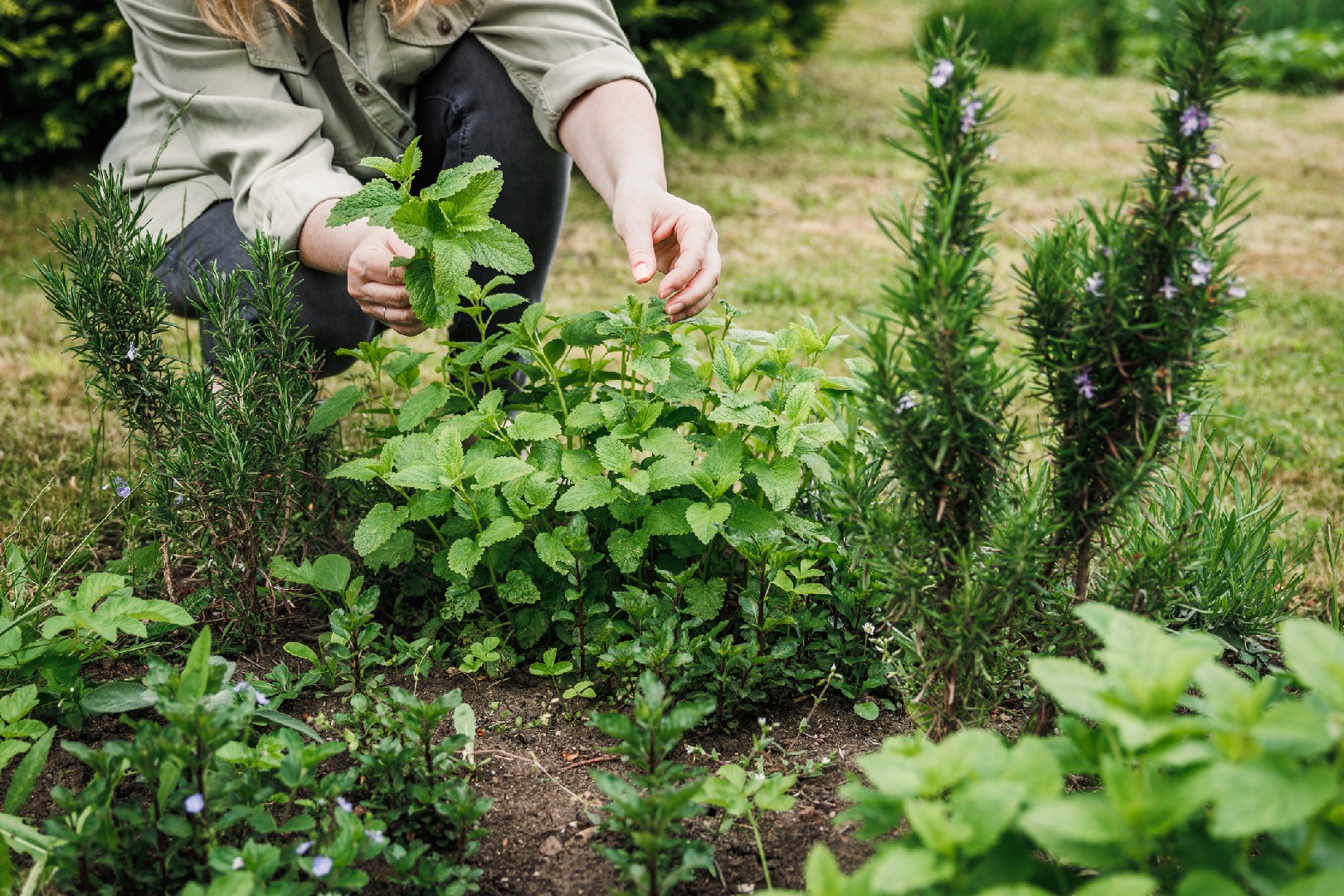![Rectangle]()
The Basics of Herb Gardening by Seasons
One of the keys to successful herb gardening is understanding how seasons affect herb growth. Different herbs thrive in different seasons, and knowing which herbs are best suited for each season can help you plan your garden and ensure a year-round supply of fresh flavors.
In spring, many herbs start to come alive after the cold winter months. This is a great time to plant cool-season herbs like parsley, cilantro, and chives. These herbs prefer cooler temperatures and will grow best when planted in early spring. You can start them from seeds or buy small transplants from your local nursery.
As summer rolls in, it's time to plant warm-season herbs like basil, rosemary, and thyme. These herbs love the heat and sunshine of summer and will thrive in your garden. Make sure to provide them with well-drained soil and plenty of sunlight for optimum growth.
Fall is a transitional season, and it's the perfect time to plant herbs like sage, oregano, and mint. These herbs can withstand cooler temperatures and will continue to provide fresh flavors well into the fall. You can also start thinking about preserving your herbs for the winter months by drying or freezing them.
When winter arrives, most herbs become dormant or die back. However, some herbs like parsley, chives, and thyme can tolerate cold temperatures and may continue to grow slowly. To protect your herbs during the winter, you can cover them with mulch or bring potted herbs indoors to a sunny windowsill.
Knowing the optimal seasons for specific herbs is crucial for successful herb gardening. By planting herbs when they're most likely to thrive, you'll be rewarded with abundant harvests and flavorful meals throughout the year.
Another important aspect of seasonal herb gardening is planning your planting to ensure a continued supply of fresh herbs. By staggering your planting times and considering the growth cycles of different herbs, you can create a rotation that keeps your garden productive year-round.
For example, if you have a small garden, you can start by planting cool-season herbs in spring. As they reach maturity and are ready to harvest, you can replace them with warm-season herbs in summer. Then, in the fall, you can plant herbs that thrive in cooler temperatures. This way, you'll always have herbs at various growth stages and a continuous supply of fresh flavors.
In conclusion, mastering the art of seasonal herb gardening allows you to enjoy year-round fresh flavors and enhance your culinary creations. By understanding how seasons affect herb growth and knowing the optimal seasons for specific herbs, you can plan your garden accordingly and ensure a successful harvest. Additionally, by planning your planting for continued supplies, you can create a rotation that keeps your garden productive throughout the year. So, start exploring the world of seasonal herb gardening, and elevate your cooking with the freshness and vibrancy of homegrown herbs.





